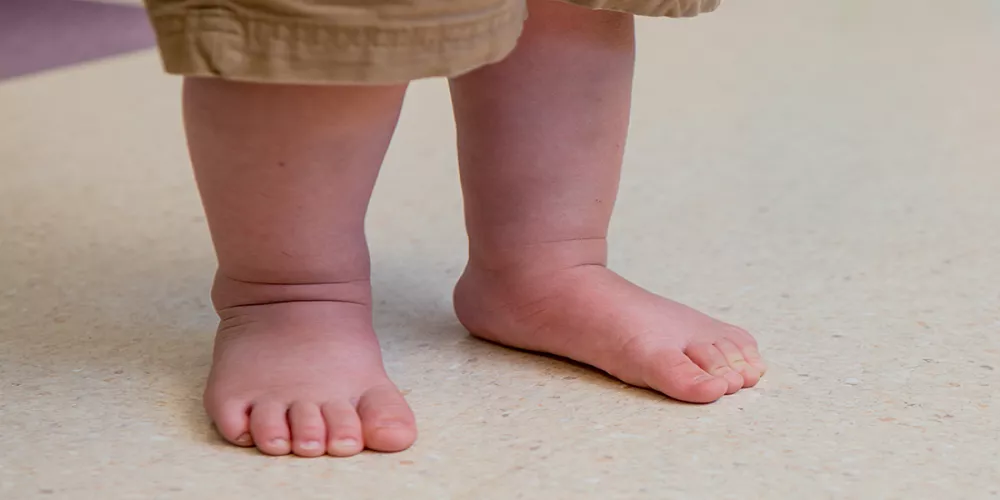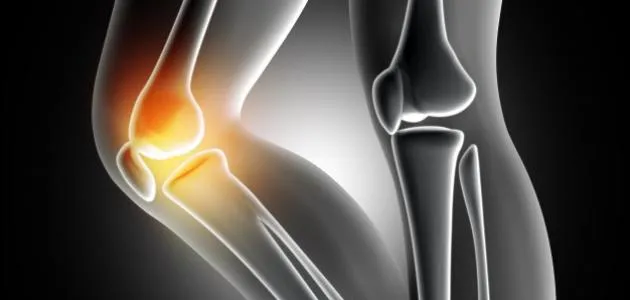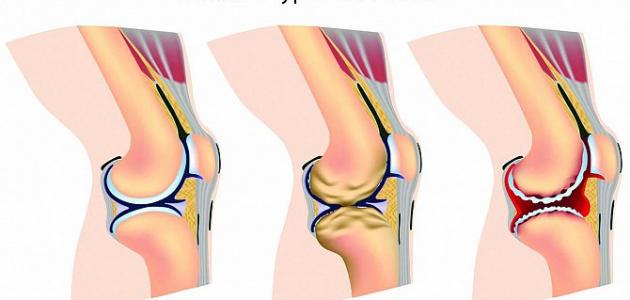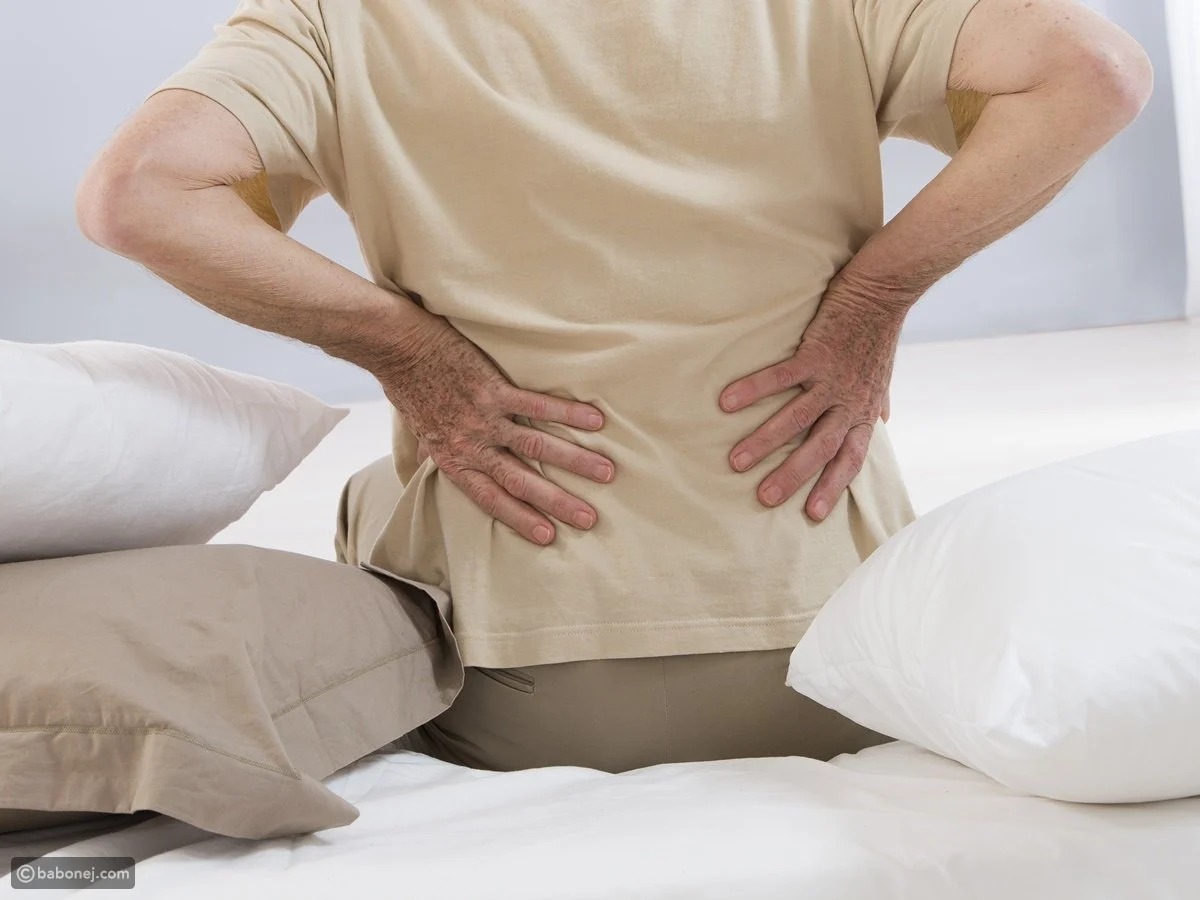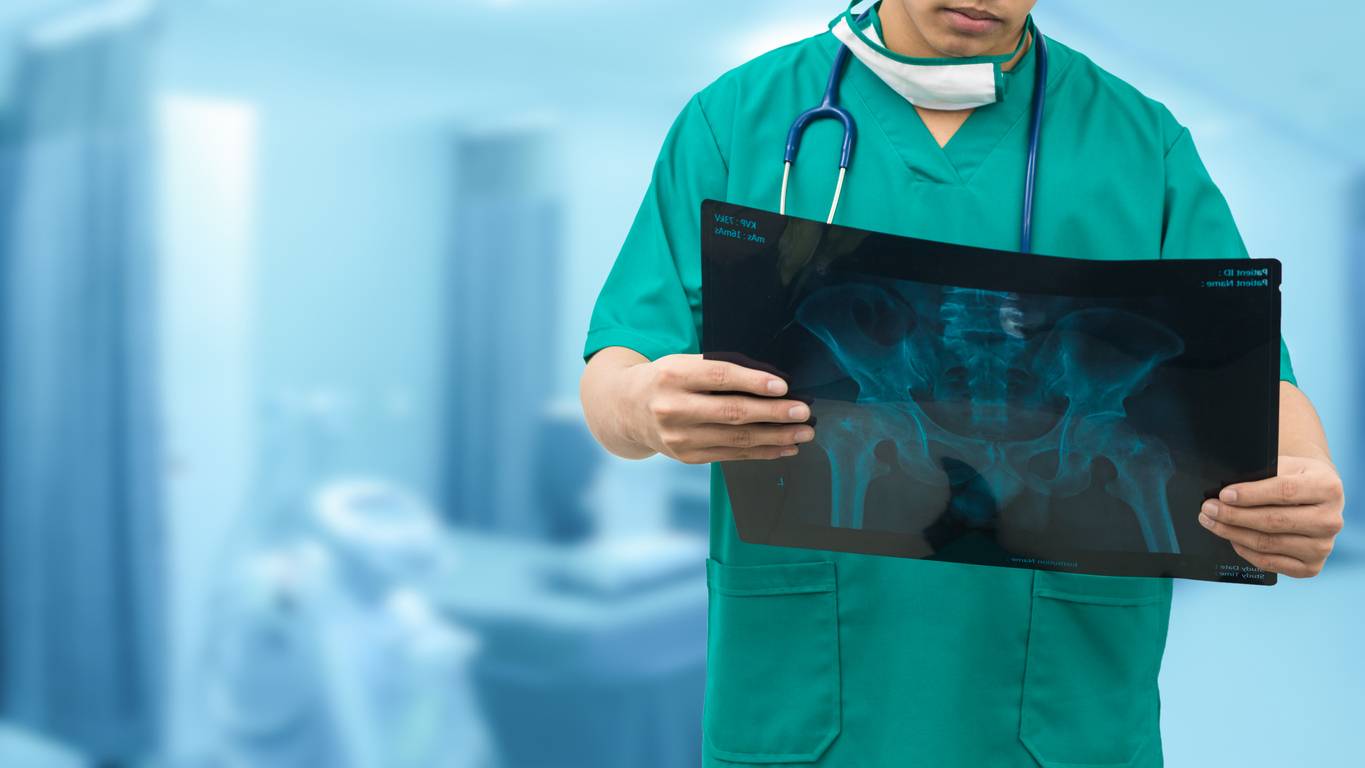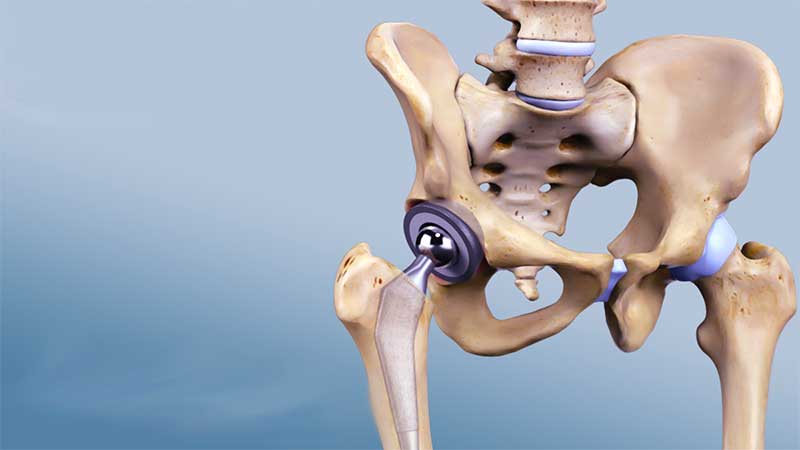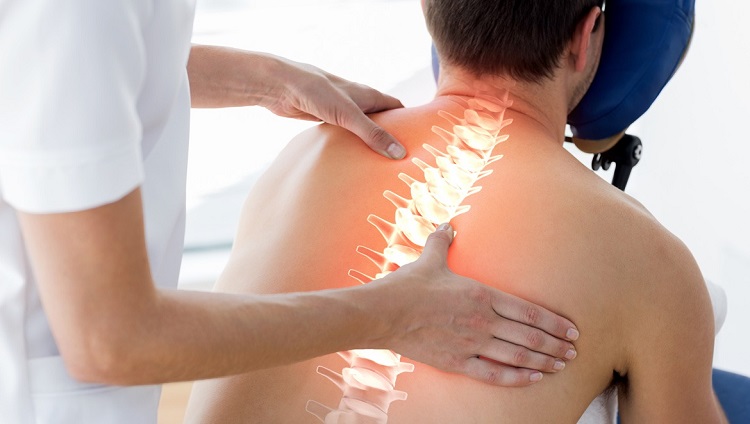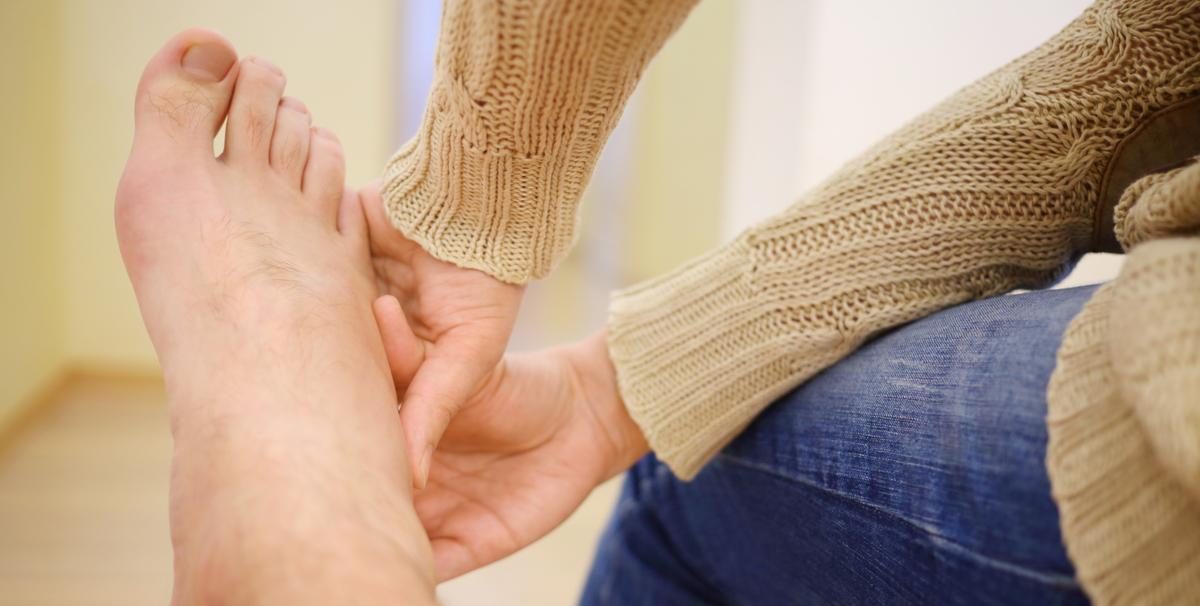Post-operative instructions for knee arthroscopy
Knee surgery can be performed in more than one modern way, but knee arthroscopy or the use of arthroscopy in knee treatment is an important and safe operation, which we will learn about in more detail in the following article.
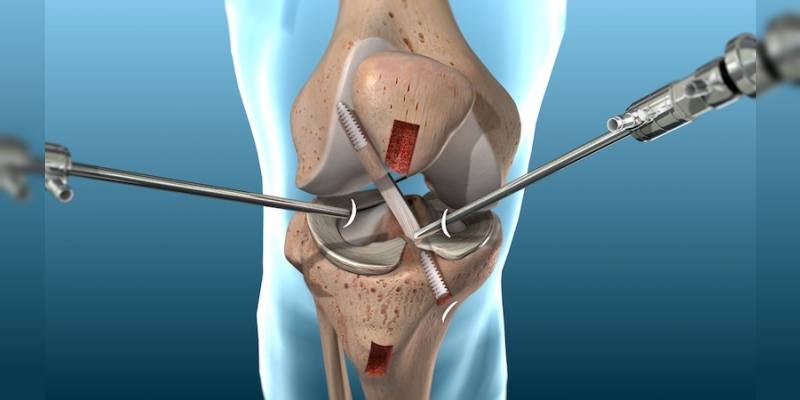
Knee arthroscopy
Knee arthroscopy is one of the surgeries that are being performed to improve the condition of the knee. Knee arthroscopy can be used to diagnose the condition of the knee more accurately, to know the damage that occurred to it and to what extent atrophy or erosion occurred in the cartilage, which affected the knee in general.
The endoscope can be used in more than one knee operation, and it provides more than one advantage that improves the condition of the injured person faster and gives the possibility to leave the hospital on the same day of surgery, and the endoscope is a minimally invasive surgical procedure because it does not cause tissue atrophy.
Knee arthroscopy for the treatment of roughness
Knee roughness is one of the common diseases of the knee joint, which limits the ability of the joint to move, and the patient feels pain as a result of cartilage erosion, and thus friction occurs in the knee, which affects the joint itself, and the patient finds it difficult to move between standing and sitting.
Most often, knee roughness can be treated by installing a new joint or part of the joint, and before this surgery is performed, an endoscope is made in order to remove the damaged parts of the cartilage and clean the joint from the free bodies in it.
Post-operative instructions for knee arthroscopy
After surgeries, some steps can be used that can help improve the condition of the injured person, give the possibility of a faster recovery, and reduce the risk of complications that can affect the patient’s health and increase pain after surgery.
Here are some instructions after knee arthroscopy:
- You should take rest in the first days after surgery.
- The knee can be moved lightly so that complications do not occur.
- Cold water compresses can be used to improve swelling.
- Medications prescribed by the doctor for the affected person can be taken.
- The person can start to return to his normal activity in the third week of the operation.
Complications of knee arthroscopy
Knee arthroscopy is considered one of the safest operations and gives the patient many important advantages, but sometimes the person may be exposed to complications, including:
- An infection in the joint.
- The feeling of stiffness in the knee.
- Having blood clots.
- The presence of tissue and nerve damage inside the knee.
- Bleeding in the knee.
How long does knee arthroscopy take?
Knee arthroscopy is one of the relatively modern medical procedures that work to improve the patient’s condition through several advantages, including that the time it takes to perform the surgery does not exceed one hour, and the patient can leave the hospital on the same day.
When is walking after knee arthroscopy?
Walking and movement in general after surgeries is one the important procedures for the muscles to regain their strength and the softness of the body to return to its normal position. The injured person can return to normal activity in the third week of surgery, and he can be able to walk in the first week of surgery.

